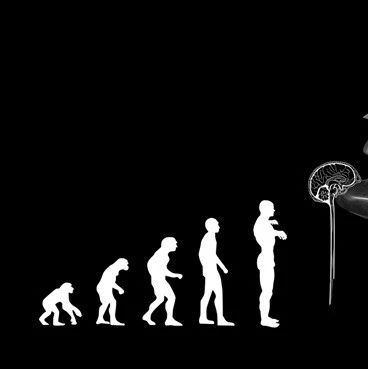导读:日本一个研究小组4月2日宣布,他们发现紫外线敏感性综合征的一个致病基因,这一发现将有助于今后弄清人的皮肤被晒伤的机制,从而研究出相关防晒伤的新方法。
 、
、
日研究人员发现日光过敏症致病基因
日本一个研究小组4月2日宣布,他们发现紫外线敏感性综合征的一个致病基因,这一发现将有助于今后弄清人的皮肤被晒伤的机制,从而研究出相关防晒伤的新方法。该成果已刊登在《自然—遗传学》杂志网络版上。
日本长崎大学和佳丽宝公司的联合研究小组在东京宣布,这项研究开展于2010年7月,他们通过利用能在短时间内对人类基因组DNA序列进行解析的最新技术——下一代基因序列解析法,确定了一个可能是紫外线敏感性综合征患者致病原因的基因变异。研究人员发现,由于这个基因出现变异,导致无法产生对受损的DNA进行快速修复的蛋白质,或者产生的量非常少,研究小组将这种基因命名为UVSSA。研究人员对紫外线敏感性综合征患者进行基因修复后,肌体对DNA进行快速修复的功能恢复到了与健康人同等的水平。
研究人员高桥庆人指出,紫外线敏感性综合征除了强烈日晒症状外基本没有其他症状,是一种轻度的遗传性光敏性疾病,发现30多年来其致病原因一直未解。今后通过对该基因进行详细分析,将有助于开发出防止皮肤被晒伤的新方法。

 Mutations in UVSSA cause UV-sensitive syndrome and impair RNA polymerase IIo processing in transcription-coupled nucleotide-excision repair
Mutations in UVSSA cause UV-sensitive syndrome and impair RNA polymerase IIo processing in transcription-coupled nucleotide-excision repair
uka Nakazawa; Kensaku Sasaki; Norisato Mitsutake; Michiko Matsuse; Koh-ichiro Yoshiura; Tomoo Ogi
UV-sensitive syndrome (UVSS) is a genodermatosis characterized by cutaneous photosensitivity without skin carcinoma1, 2, 3, 4. Despite mild clinical features, cells from individuals with UVSS, like Cockayne syndrome cells, are very UV sensitive and are deficient in transcription-coupled nucleotide-excision repair (TC-NER)2, 4, 5, which removes DNA damage in actively transcribed genes6. Three of the seven known UVSS cases carry mutations in the Cockayne syndrome genes ERCC8 or ERCC6 (also known as CSA and CSB, respectively)7, 8. The remaining four individuals with UVSS, one of whom is described for the first time here, formed a separate UVSS-A complementation group1, 9, 10; however, the responsible gene was unknown. Using exome sequencing11, we determine that mutations in the UVSSA gene (formerly known as KIAA1530) cause UVSS-A. The UVSSA protein interacts with TC-NER machinery and stabilizes the ERCC6 complex; it also facilitates ubiquitination of RNA polymerase IIo stalled at DNA damage sites. Our findings provide mechanistic insights into the processing of stalled RNA polymerase and explain the different clinical features across these TC-NER–deficient disorders.
文献链接:https://www.nature.com/ng/journal/vaop/ncurrent/abs/ng.2229.html







